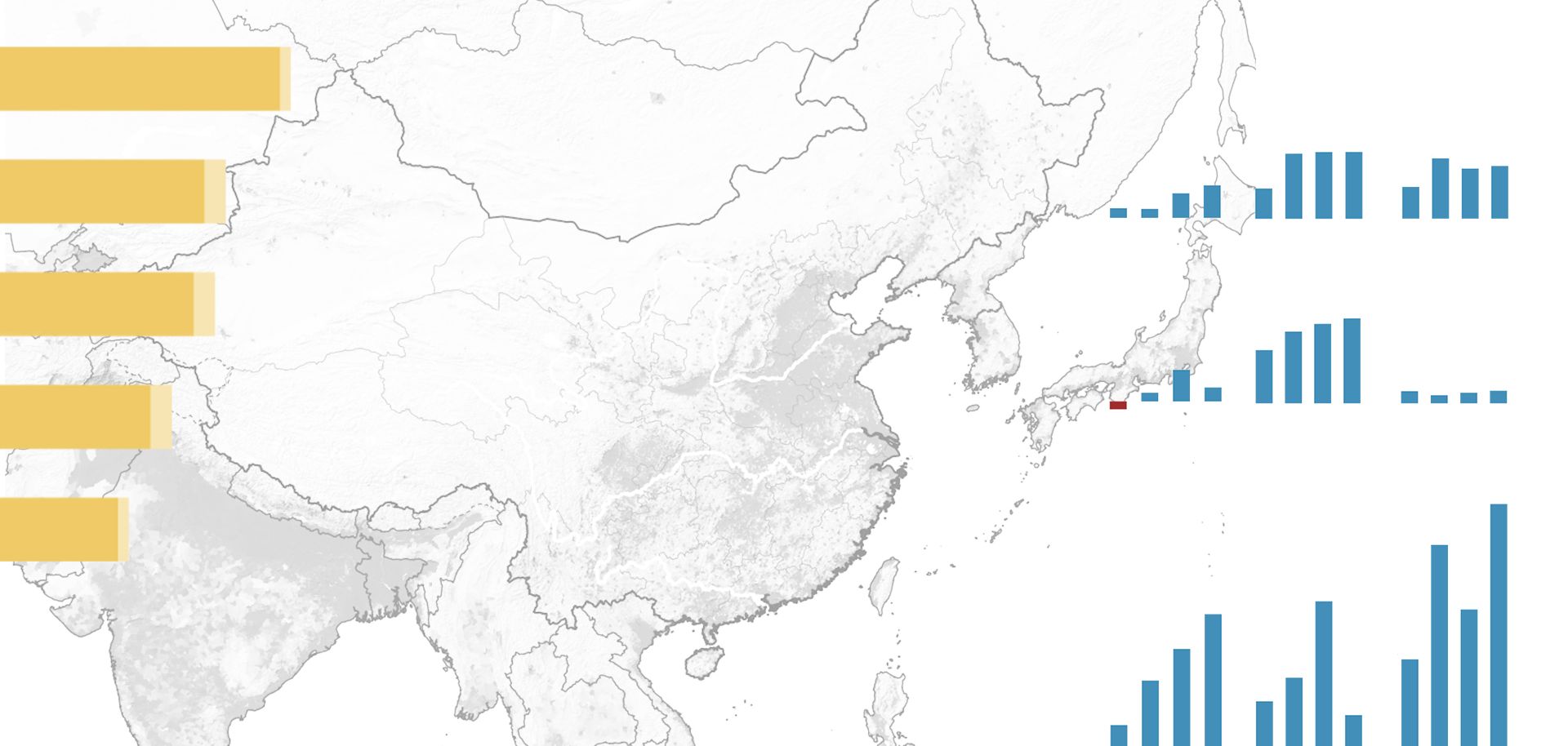
The oil leak from BP's Deepwater Horizon well stopped spewing 35,000-60,000 barrels per day (bpd), at least temporarily, when BP began a test of pressure conditions on its newest containment system on July 15. The test came after a one-day delay to satisfy U.S. government concerns and patch up a leak in the choke line that will funnel the oil from the new cap to the surface collection ships. The pressure test will last for about two days as BP tries to ensure the new cap is functioning properly and to ensure that the oil well's integrity is high enough to sustain the pressure of being plugged — otherwise, the fear is that the buildup of pressure from the cap could force the oil to break out of the well, which would make it even harder to stop the leak and recover the oil. If the cap passes this test, and likely another two-day test afterward, then it will likely be activated and could trap from 60,000 to 80,000 bpd, which may be enough to staunch the flow of new oil into the gulf entirely. If not, the current collection efforts will continue capturing about 22,000-28,000 bpd and could be increased to about 50,000 bpd with the addition of a third collection ship. If the cap works, it would be a major breakthrough, but it would not mean the incident is over. BP will continue drilling two relief wells expected to intersect the well deep in the seabed and stop the flow from there. These wells should reach their targets in mid-August, though some short-term realignment may be necessary if on the first try they do not hit their targets dead-on. There continue to be debates in the U.S. government over what to do if the relief wells fail to stop the leak, which is an unlikely scenario — the relief well is a time-tried method, and BP is drilling two — but is one that cannot be ruled out given the extreme depths and uncertainties related to the well's integrity.


